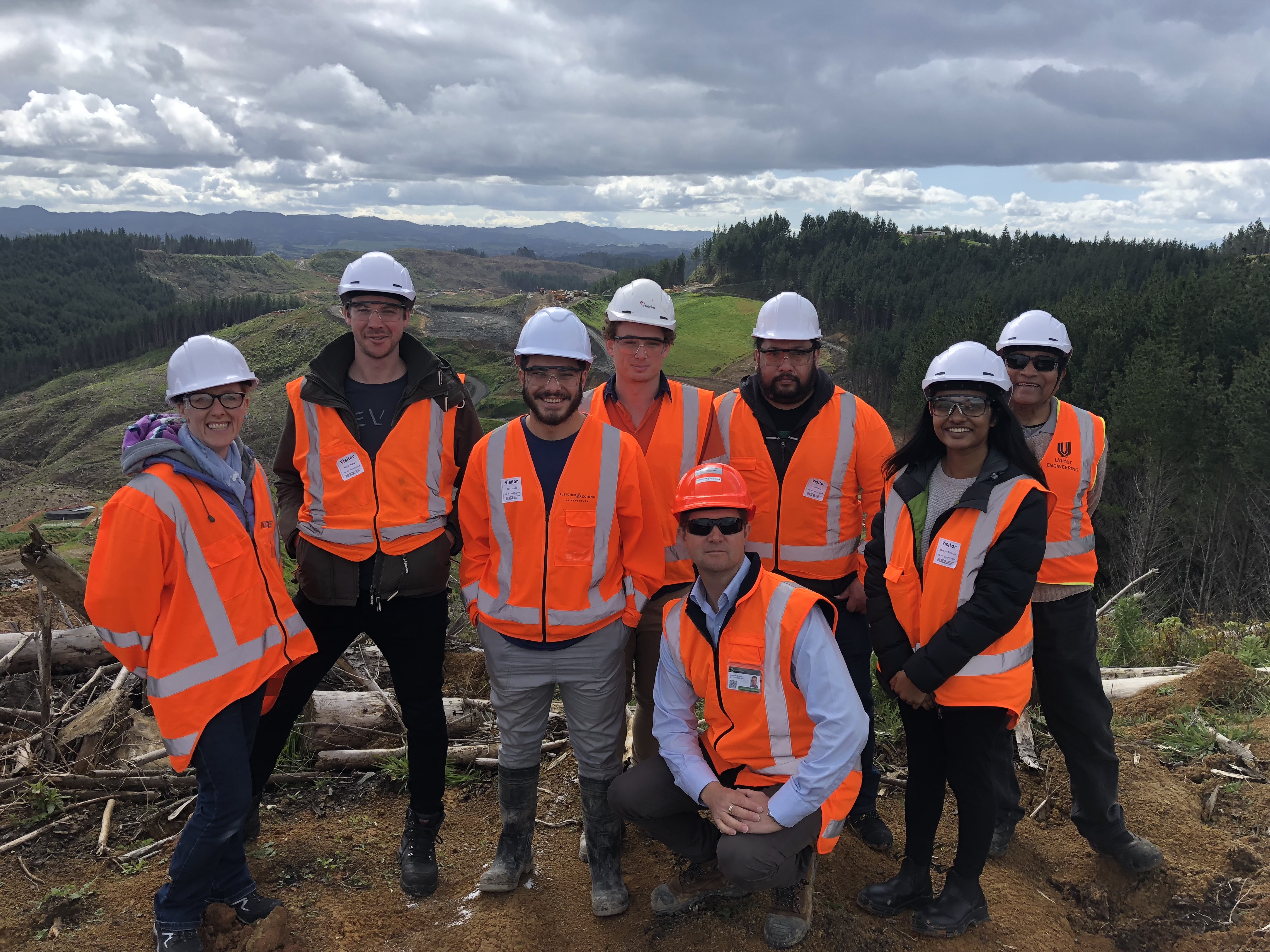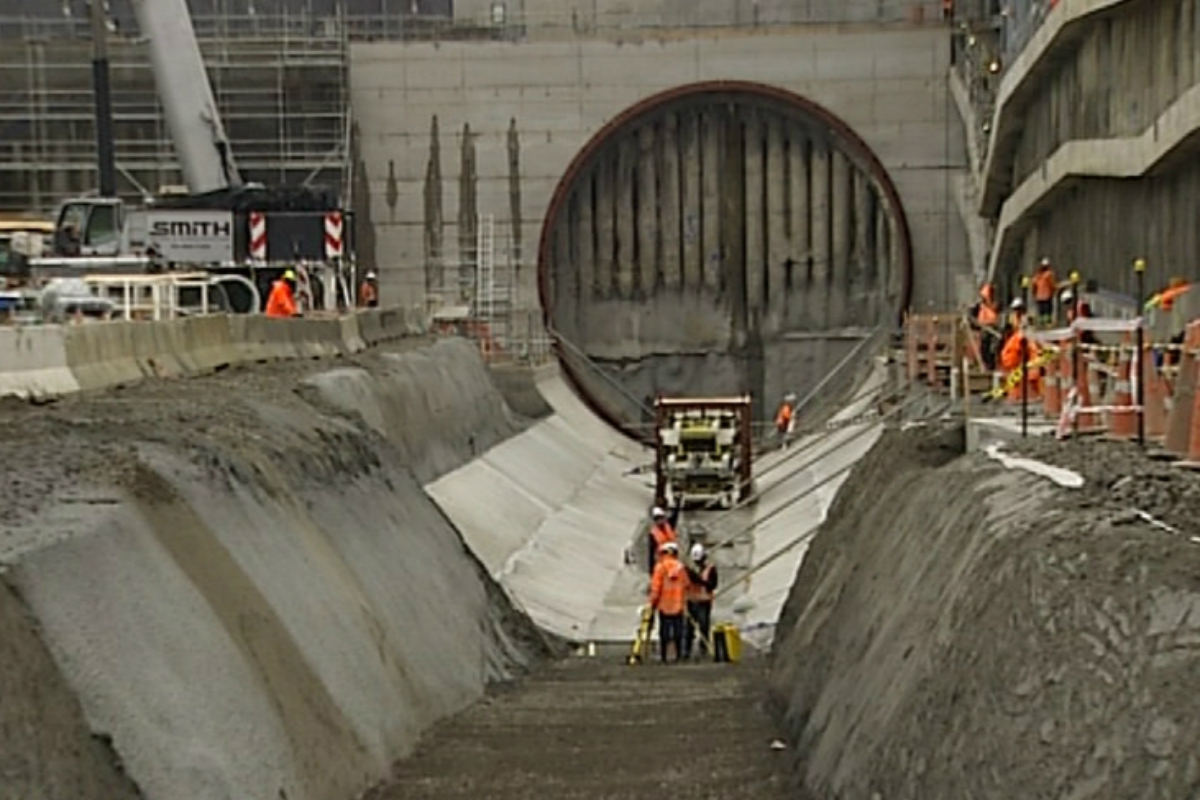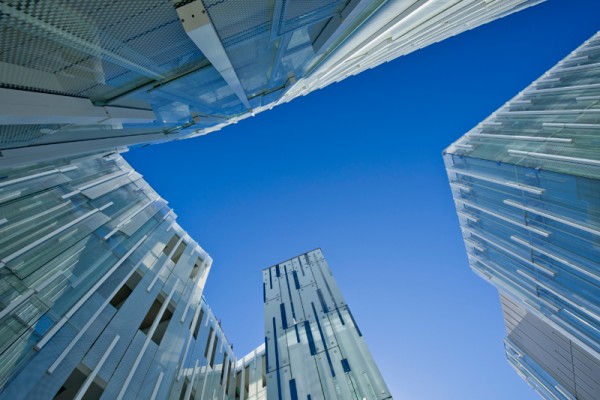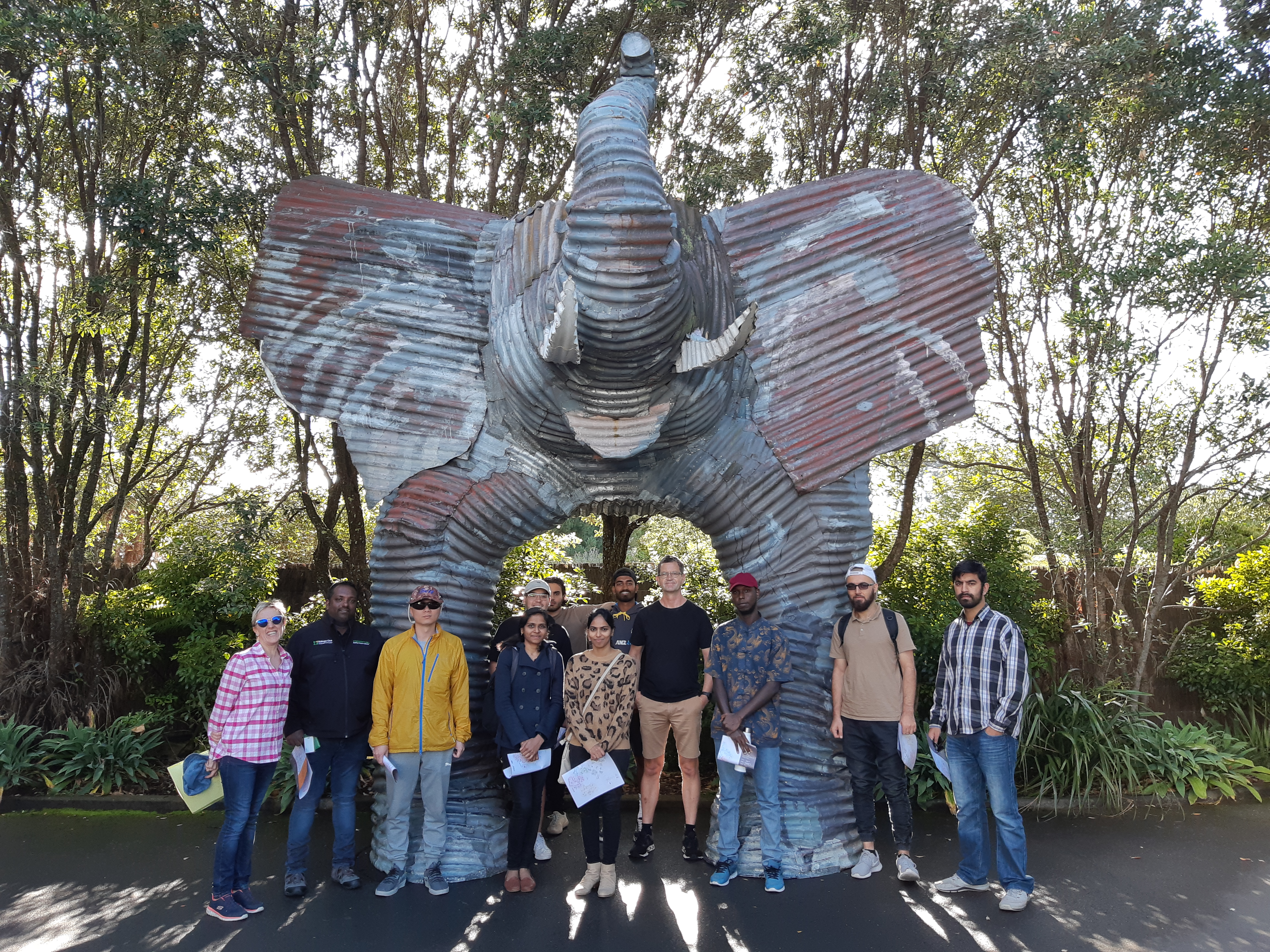Site Visits
| Site: | Unitec Online |
| Course: | ENGGMG7109 - Resource and Environmental Management 2022 |
| Book: | Site Visits |
| Printed by: | Guest user |
| Date: | Monday, 29 December 2025, 11:42 PM |
1. Introduction
There will be some site visits during the duration of this course. All site visits are compulsory and for most you will require protective boots and possibly reflective jackets (which can be borrowed from Dept Civil Eng - please see tutor)
1.1. Puhoi to Warkworth Expressway
The Pūhoi to Warkworth project will extend the four-lane Northern Motorway (SH1) 18.5km from the Johnstone’s Hill tunnels to just north of Warkworth. It is the first stage of the Ara Tūhono – Pūhoi to Wellsford Road of National Significance.
We were able to go to site recently and take a tour to see the environmental considerations courtesy of Ray Chang (Beca) and Karsten Steveson (Fletcher Acciona).

2. Waterview Tunnel
 To see your Field Trip date and start time & duration check with the course timetable on Moodle. Transportation will be provided for you.
To see your Field Trip date and start time & duration check with the course timetable on Moodle. Transportation will be provided for you.
For Health & Safety reasons NO private vehicles are allowed (this is a DISCIPLINARY OFFENCE and you will be excluded from participation).
We will meet in the car park behind Building 114, 15 minutes before the start time.
You will have to sign an Off-Campus Experience Acknowledgement Form
Any decision to postpone the trip will be made immediately prior to the trip - if this occurs the trip will have to be rescheduled (if possible) at a later date.
There will be no lunch stops & you should take something to drink, and snacks if desired.
You should also look at the Waterview tunnel AEE and EMP BEFORE the trip plus take something to write on. A digital camera is highly recommended.
The Land Transport (Road User) Rule 2004 states that you must wear seat belts and keep them fastened when occupying a seat fitted with a seat belt.
KEEP WITH THE GROUP AT ALL TIMES Construction sites can be extremely hazardous
3. Geyser Building
 The Geyser building is a first new 6 green star building for Auckland designed by Pattersons Architects. Sustainable features include rainwater harvesting for toilet flushing and irrigation, daylighting to reduce artificial lighting costs, use of fresh air instead of office recycled air and overall reduced energy costs. Click here for more information from the NZGBC. Also, here is a link to see the architects plans for the building which incorporate the innovative passive fresh air circulation design.
The Geyser building is a first new 6 green star building for Auckland designed by Pattersons Architects. Sustainable features include rainwater harvesting for toilet flushing and irrigation, daylighting to reduce artificial lighting costs, use of fresh air instead of office recycled air and overall reduced energy costs. Click here for more information from the NZGBC. Also, here is a link to see the architects plans for the building which incorporate the innovative passive fresh air circulation design.
This site visit is a compulsory component of this course for which you will need to sign an Off-Campus Experience Acknowledgement Form
Any decision to postpone the trip will be made immediately prior to the trip - if this occurs the trip will have to be rescheduled (if possible) at a later date.
There will be no lunch stops & you should take something to drink, and snacks if desired.
The Land Transport (Road User) Rule 2004 states that you must wear seat belts and keep them fastened when occupying a seat fitted with a seat belt.
There is no need for personal protective clothing but please remember that this is a working office and retail space so please show respect to its occupants. The site tour will be conducted by Pattersons Architects.
4. Earthsong
We will be going to visit the Earthsong community in Waitakere City (West Auckland) to observe sustainable community living. Our tour will include a guide who is technically trained so be ready to ask many questions and don't forget your cameras and notebooks.
This site visit is a compulsory component of this course for which you will need to sign an Off-Campus Experience Acknowledgement Form
Any decision to postpone the trip will be made immediately prior to the trip - if this occurs the trip will have to be rescheduled (if possible) at a later date.
There will be no lunch stops & you should take something to drink, and snacks if desired.
The Land Transport (Road User) Rule 2004 states that you must wear seat belts and keep them fastened when occupying a seat fitted with a seat belt.
There is no need for personal protective clothing but please remember to show respect to the inhabitants of the community at all times.
5. Auckland Zoo
The field trip objective is to investigate the status of various
native NZ species and to consider the potential impact of civil activities in
their natural habitat.

Auckland Zoo is a 16.35-hectare zoological garden in Auckland, New Zealand, situated next to Western Springs park not far from Auckland's central business district. It is run by the Auckland Council with the Zoological Society of Auckland as a supporting organisation. The zoo hosts 1400 animals representing 138 different species. New Zealand has many unique native fish, insects, birds, lizards and frogs, however our only native mammals are bats and marine mammals (DoC, n.d).
You are here to enjoy the experience and investigate the diversity of endemic species in NZ, however the information you gather today will be used to complete assignment 1 (Assessment of Environmental Effects Project). You will need to gather knowledge and photos to supplement your AEE project and to raise awareness of the impacts of civil activities on our native species.
Your objectives are to:
· Investigate mammals, birds, insects and lizards that are native to NZ and located at the zoo.
· Describe and photograph the species and establish its biological name,
· Describe its habitat and food choices.
· Establish its current species vulnerability (you may need to look further on the IUCN Red list for this information or ask a Zoo staff member)
Use this information to create an individual output – this is not a group assignment. You can use word, powerpoint or another program and the output can be in the form of a table, diagram or description. However please ensure that you include photographs of the species that you find. This output should be incorporated into Assignment 1 which is worth 20% of your final course total.